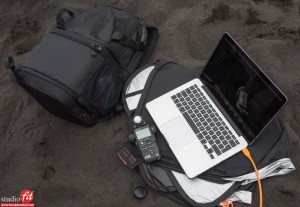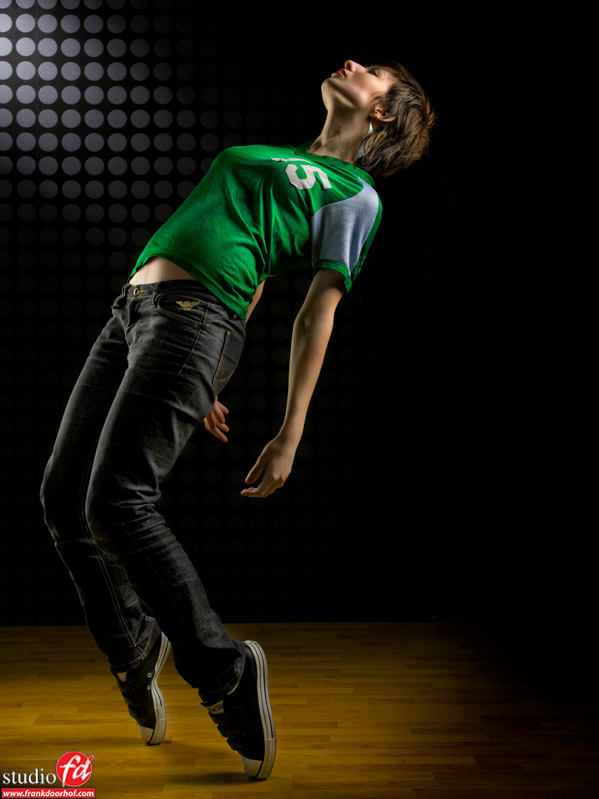One of the most made mistakes during retouching is “overdoing it” on the skin.
In my opinion the final image should have nice skin, not a barby doll.
You always have to see skin as 2 separate things.
1. the pores and details
2. the color
The biggest problem is often the color.
When you look at a models face you can often see many different colors, sometimes in smaller areas next to each other, sometimes in bigger areas, overall it makes the face often look very “uneven”.
For years people have been trying to counteract this by blurring, putting in new details by adding noise (a very nice technique overall) or using plugins like Imagenomic Portraiture or Topaz Clean 3 (2 which I often use). The results are often very nice, especially the 2 mentioned above can give you great results and they are very fast (Imagenomic can be even done as an action for the same model, making retouching a series very fast). When you wanted perfection there always was/is dodging and burning, a very time consuming process that can easily take you up to 3-4-5+ hours to complete.
A few weeks ago I got into the whole “Frequency Separation” technique for skin technique and must say that I’m very impressed with it, at the moment it’s my main “to go to” technique for a “perfect retouch”.
In essence you split the details and the skin tones making it possible to literally blend the skin tones into each other creating a very nice and even skin appearance, but because the details are on top you don’t loose these. Now because the details are separated from the skin tones you can retouch all you want on that layer without worrying about “infecting” tones and luminosity.
Of course I first have to try out techniques before I share them, but at the moment I feel more than confident that this is a very powerful and great technique that can benefit every fashion/portrait/etc. photographer so I created a small video on the use of this technique for the Quite Frankly series.
You can find it here :
Remember that the retouching in the video is rather “sloppy” when using this technique you can do a pretty good retouch of the face in about 5-10 minutes, and ok it’s a lot longer than running Imagenomic Portraiture (10-15 seconds) but the results is A LOT better.




